Research Areas
Strategy Office for Promotion of Inter-Institute Collaborations
Strategy Office for Promotion of Inter-Institute Collaborations
"Strategy Office for Promotion of Inter-Institute Collaborations" has been established in JWRI as the headquarter to carry out the Project "Development of Inter-Institute Collaborations of 6 Research Institutes from 5 Universities for Strengthening Material Innovation Force", which has been supported by the Ministry of Education, Culture, Sports, Science and Technology since 2022. Through promotion of the inter-institute collaborations of the 6 research institutes from the 5 Universities (Joining and Welding Research Institute, Osaka University, Institute for Materials Research, Tohoku University, Materials and Structures Laboratory, Institute of Integrated Research, Institute of SCIENCE TOKYO, Institute of Materials and Systems for Sustainability, Nagoya University, Laboratory for Biomaterials and Bioengineering, Institute of Integrated Research, Institute of SCIENCE TOKYO, Research Organization for Nano & Life Innovation, Waseda University), the project has been carried out for acceleration of the problem-solving and the creation of innovations, which are based on social demands, and thus for strengthening material innovation force. The related research project "Design & Engineering by Joint Inverse Innovation for Materials Architecture (DEJ2MA Project)" has been carried out through the inter-institute cooperative research activities by the 6 research institutes from 5 Universities for acceleration of the problem-solving and the creation of innovations in the interdisciplinary research fields; Environmental and Energy Materials, Biomedical and Healthcare Materials, Information and Communication materials.
5 universities cooperative research DEJI2MA project
1. Joining and Welding Research Institute, Osaka University.
(Joint Usage/Research Center on Joining and Welding Science)
2. Institute for Materials Research, Tohoku University.
(Global Institute for Materials Research Tohoku)
3. Laboratory for Materials and Structures, Tokyo Institute of Technology.
4. Institute of Materials and Systems for Sustainability, Nagoya University.
5. Institute of Biomaterials and Bioengineering, Tokyo Medical and Dental University.
6. Research Organization for Nano & Life Innovation, Waseda University.
Research and Development Projects
1. Environmental and Energy Materials
2. Biomedical and Healthcare Materials
3. Information and Communication Materials
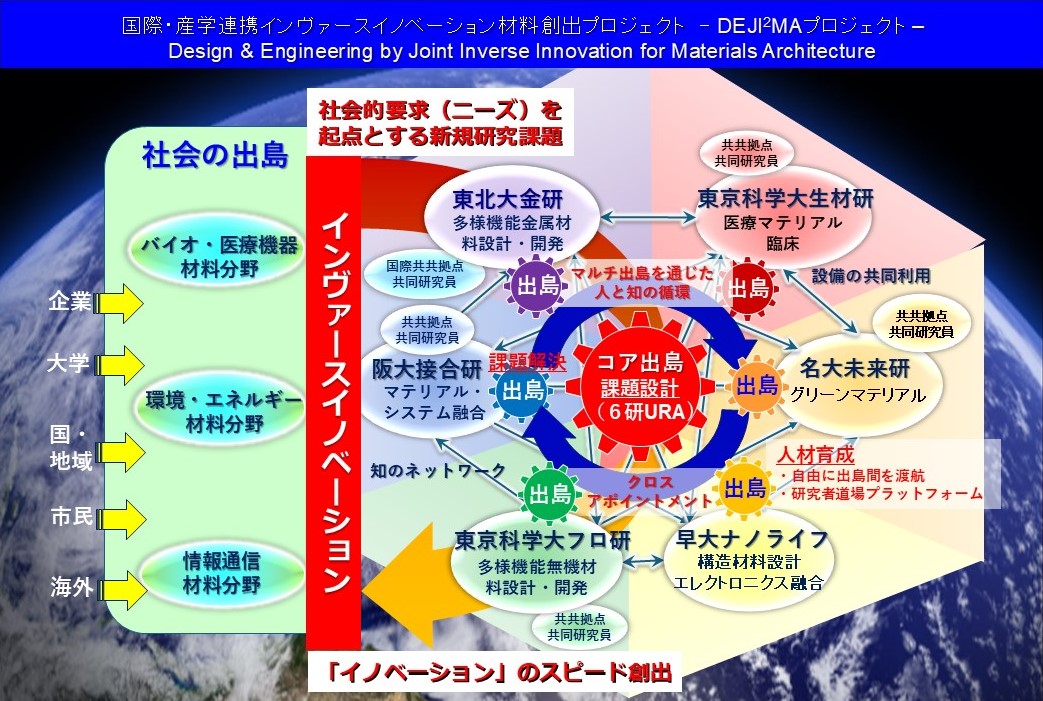
Cooperation system of the six research institutes at six universities.
Members
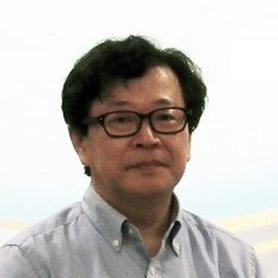
Prof.
Y. SETSUHARA
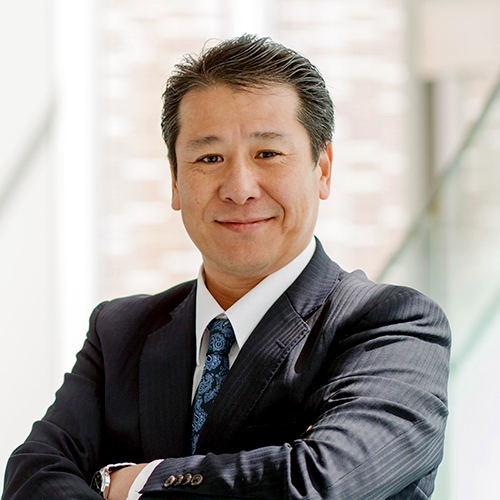
Prof.
H. ABE
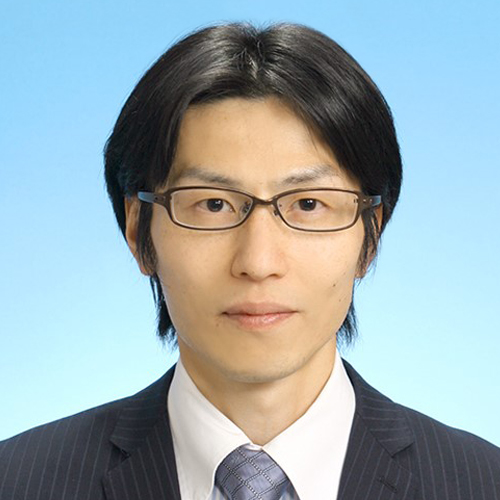
Assist. Prof.
T. MOKUDAI
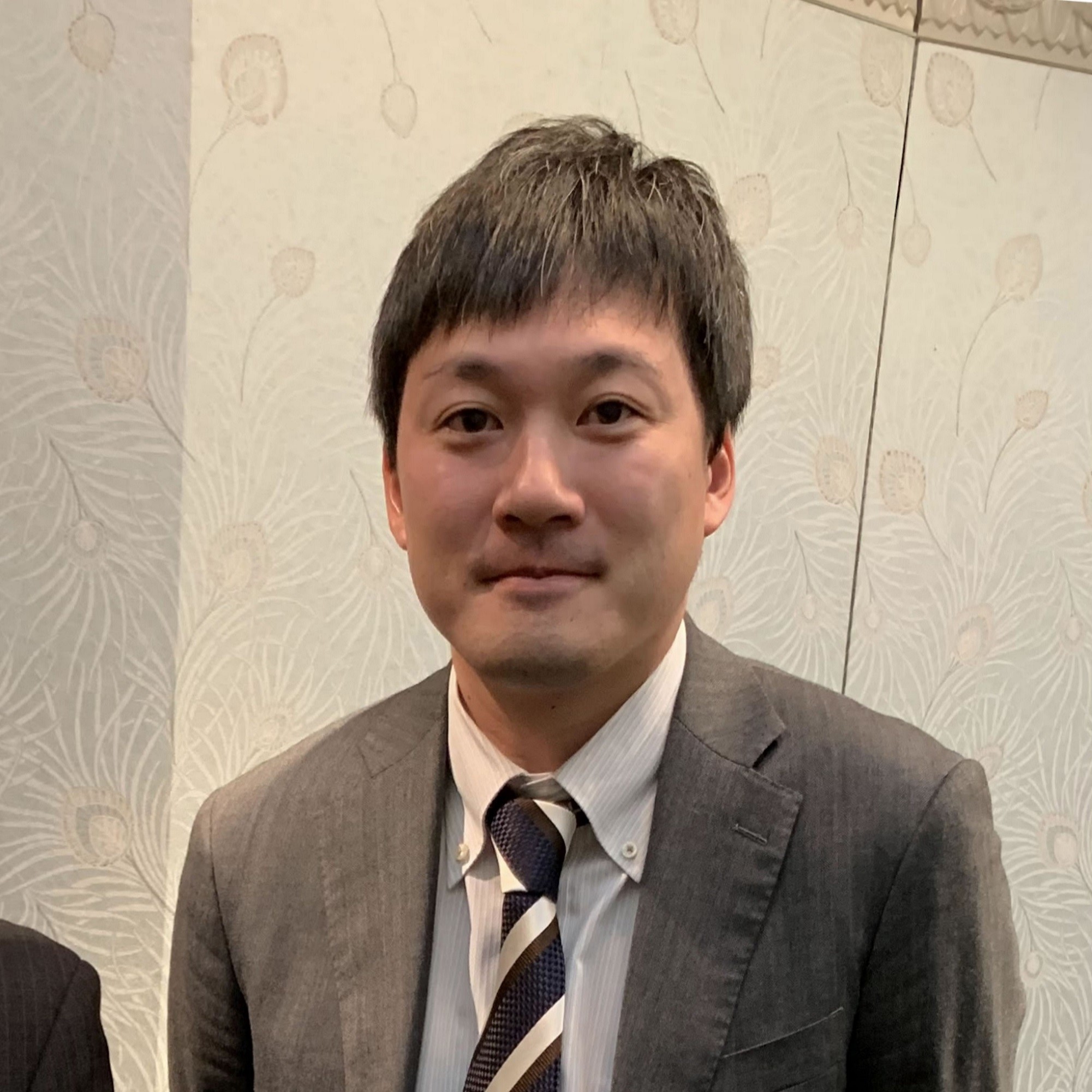
Assist. Prof.
T. KOZAWA
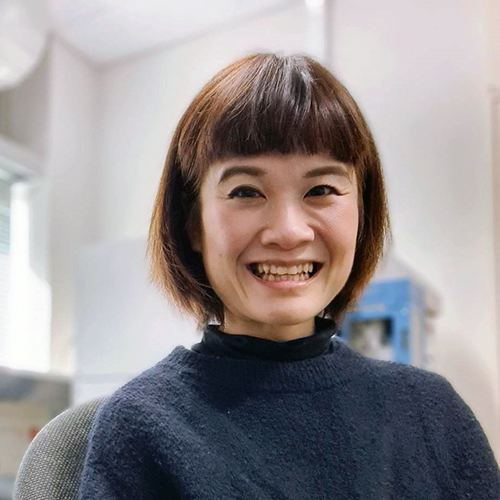
Assist. Prof.
A. ISSARIYAPAT
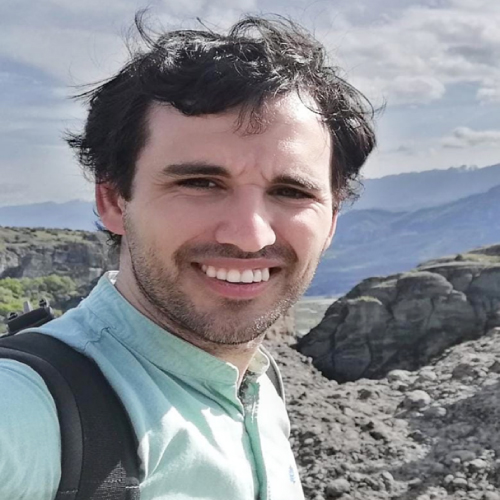
Assist. Prof.
R. C. VITORIA
Joint Interface Microstructure Characterization Room
Joint Interface Microstructure Characterization Room
Materials and joining technology make progress day by day, and natures of the joints that are created from them cannot be understood without close investigation of structures of the joint interfaces and the material structures. In order to achieve these purposes, Joint Interface Microstructure Analysis Room carries out observation of microstructure of joint interfaces and materials by transmission electron microscope (TEM) equipped with analysis functions, and supplies technologies for preparation of TEM specimen of dissimilar joint or composite materials etc. with focused ion-beam (FIB) and ion milling apparatuses.
Joint Interface Microstructure Analysis Room provides following services.
(1) Analyses of interfacial microstructures requested by staffs and joint researchers of the institute.
(2) Guidance and support for analysis and evaluation of results from TEM observation.
(3) Education of principles of TEM to students and joint researchers, and training of operations of TEM and associated apparatuses.
(4) Allover operations and maintenances of TEM and associated systems.
And the room maintains and improves techniques for TEM observation of joint structures through independent study about metallographic study of dissimilar precise joining, etc. using TEM.
1. Application of anodic bonding to various metals
2. Analysis of structure of various solid-state bonding interface
3. Glass/glass joining by anodic bonding
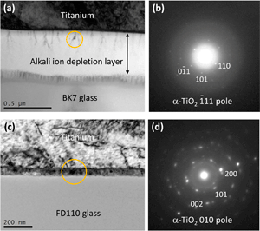
Reaction products that grew at joint interfaces between titanium and optical glasses.
The bright-fi eld image of BK7 crown glass/titanium joint interface by transmission electron microscopy (a), Selected Area electron Diffraction (SAD) pattern taken from the area indicated by a circle in the image a (b), bright-field image of FD110 dense flint glass/titanium joint interface (c), and SAD pattern taken from the area indicated by a circle in the image c (d). These reaction products were found to consist of α-TiO2 . However, those forms are strongly affected by types of glass.
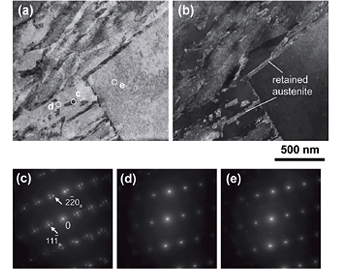
Distribution of retained austenite in 980 MPa high-tensile steel. (a) Bright-field image, (b) dark-field image taken by 111 reflection from austenite indicated in the diffraction pattern in (c), and (c)-(e) selected-area electron diffraction patterns taken from positions indicated in the bright -fi eld image in (a). Austenite appears bright between ferrite laths in the dark-fi eld image.
Members
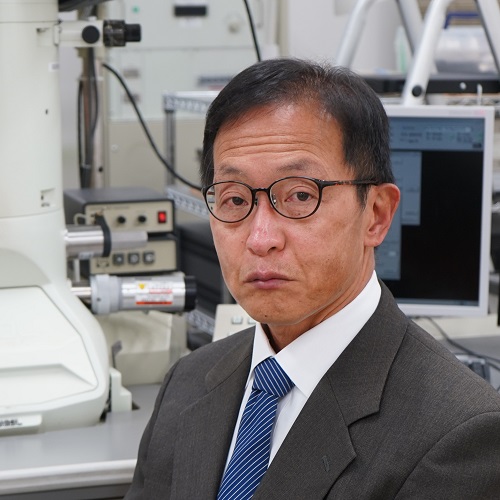
Assoc. Prof.
M. TAKAHASHI
Global D&I Promotion Office
Global D&I Promotion Office
Global D&I (Diversity & Inclusion) Promotion Office will promote the development of an environment that maximizes the strengths of JWRI and all members by truly embracing diversity and respecting the individuality of each person, regardless of gender, nationality, age, cultural background, etc., in order to achieve the SDGs, which aim to realize a society where "no one is left behind. In response to the trend toward internationalization in academic research, JWRI will develop international joint industry-academia research based on the international network we have established to date. JWRI aims to develop competent human resources to face global challenges, to strive to stimulate innovation in joining science as the world-leading research in the field of welding and joining, and to realize the institute where diverse human resources can play an active role.
Joining and Welding Research Institute where diverse people gather
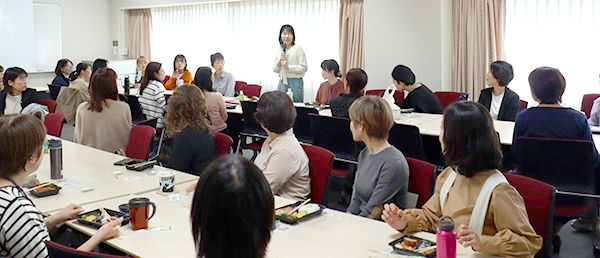
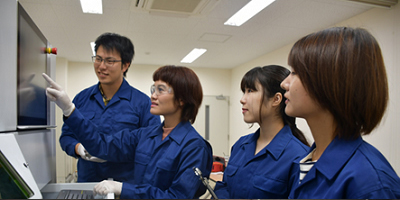
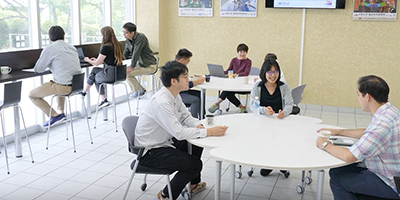
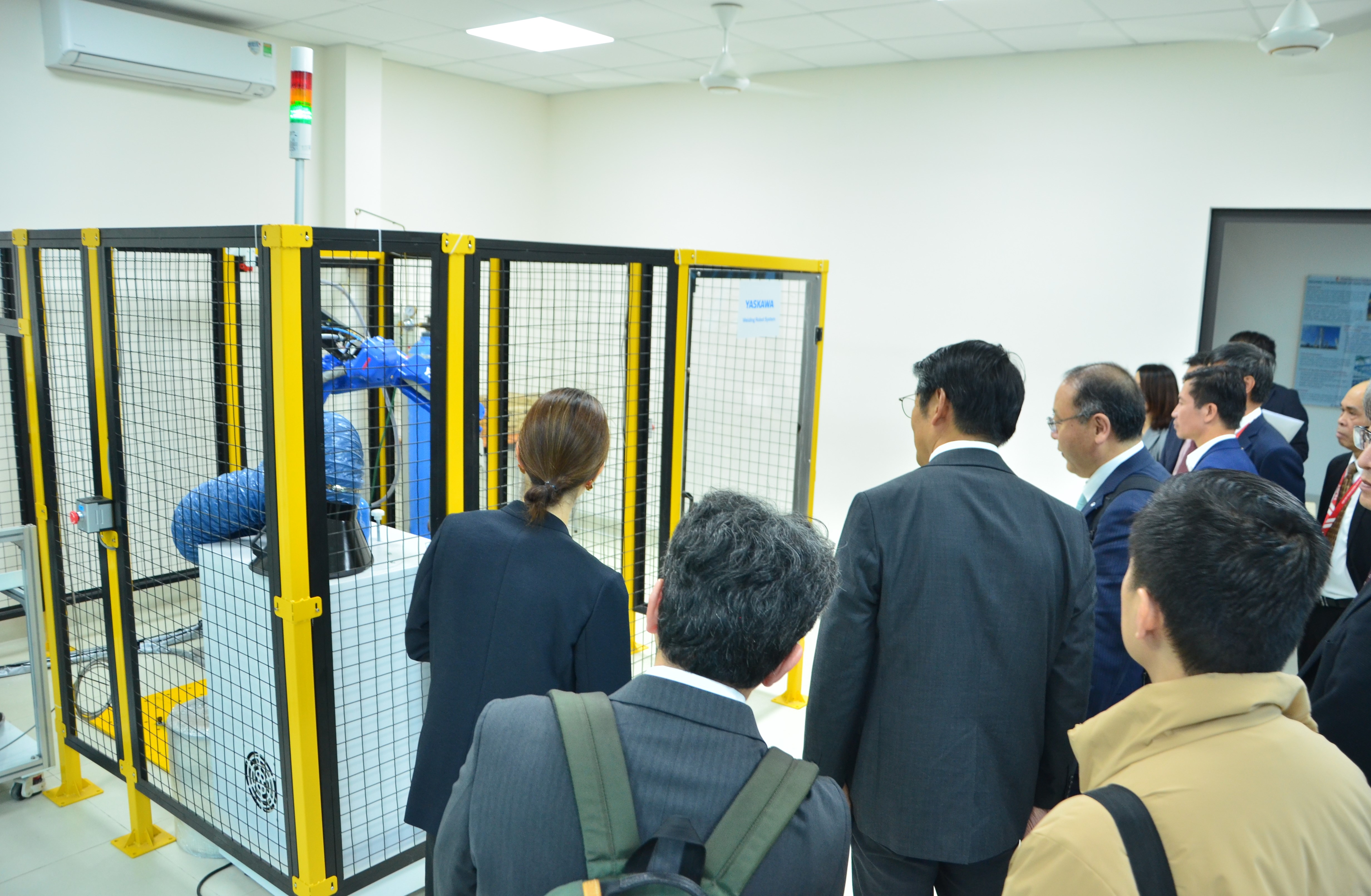
JWRI HUST-OU established in Jan. 2023
Members
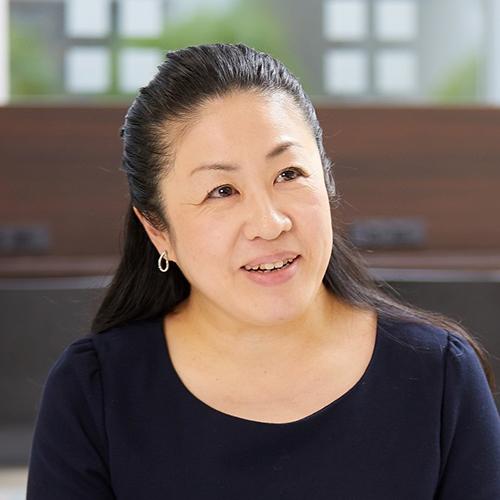
Prof.
J. UMEDA
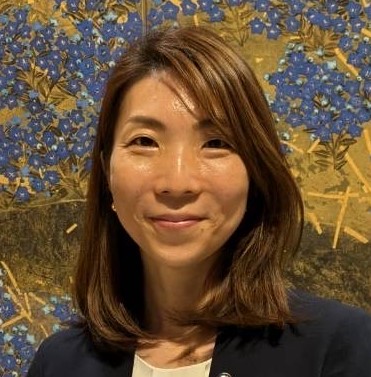
Assoc. Prof.
M. KATSUMATA
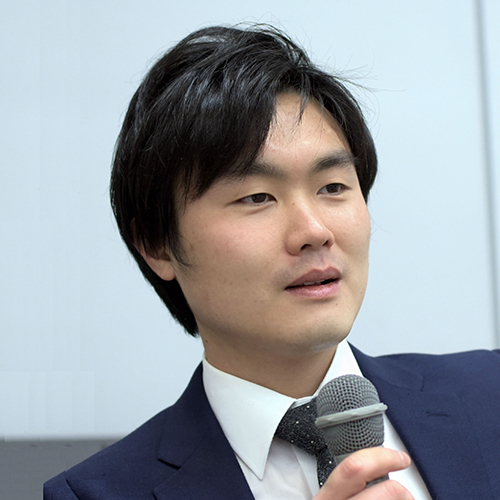
Assist. Prof.
S.M. HONG
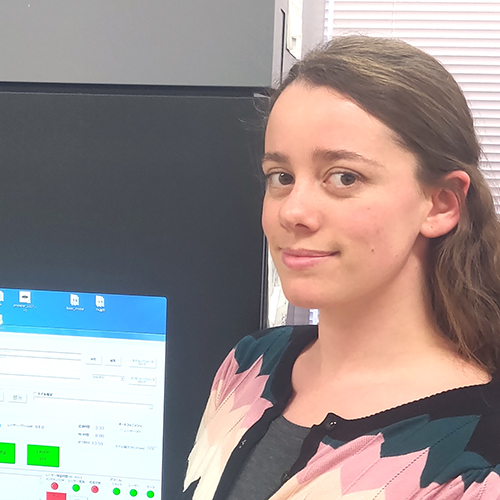
Assist. Prof.
F. SPIRRETT
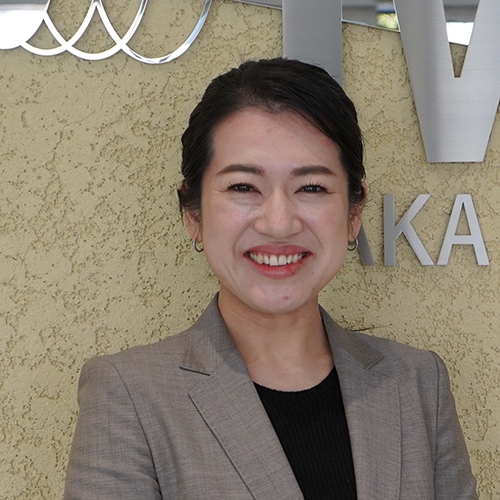
Technical Staff
K. UEHARA
New Normal Manufacturing Consortium Office
New Normal Manufacturing Consortium Office
New Normal Manufacturing Consortium Office deals with not only basic researches for generating advanced materials but also developments & educations of their applied technologies in order to establish Material Innovation Strategy. As for the creation of advanced materials, new high-functional (environmentally) adaptive materials is developed by using the advanced processing technologies. In addition, in order to achieve "Carbon Neural 2050", optimum structural design is studied through the appropriate selection of multi-materials and joining technologies with the aid of Artifi cial Intelligence computational science.
1. Development of advanced dissimilar materials joint technology by using high brightness laser beams
2. Computational analysis of friction stir processes by using coupled method between particle method and finite element method
3. Numerical analysis of arc welding processes by using three-dimensional, non-stationary thermal model
4. Creation of advanced joining technologies for innovative fusion reactor power generation system
5. Development of dissimilar materials joint performance data-base based on artificial intelligence computational science
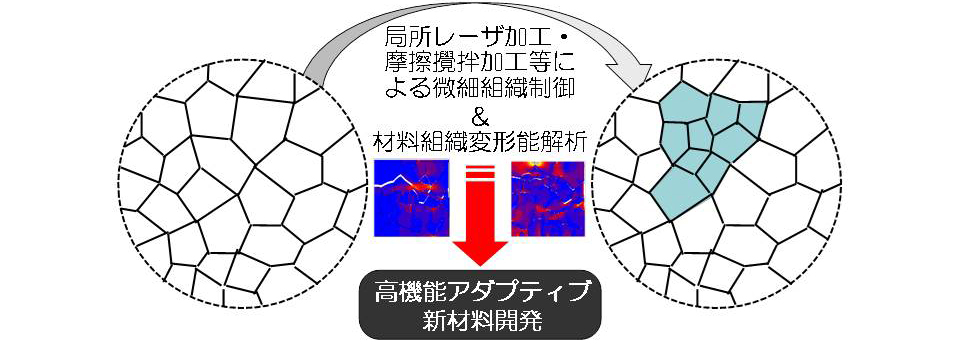
Research concept of new high-functional adaptive materials
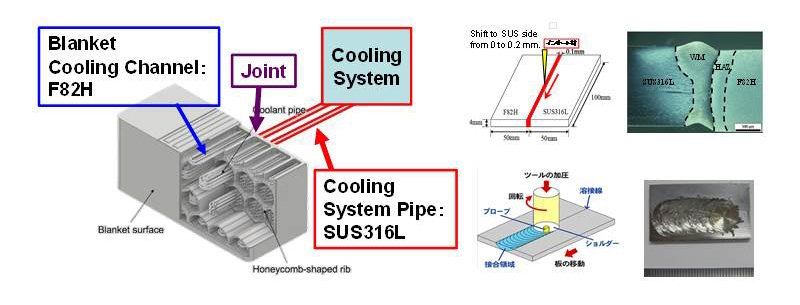
Development of joining technologies for innovative fusion reactor power generation system
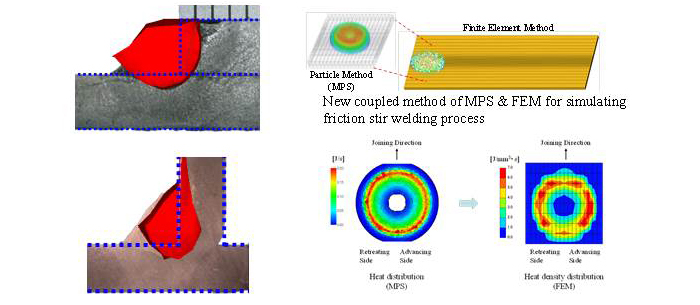
Numerical analyses of arc welding and friction stir welding processes

Joint properties & joining technologies Data-Base based on AI and Concept of optimum structural design
Members
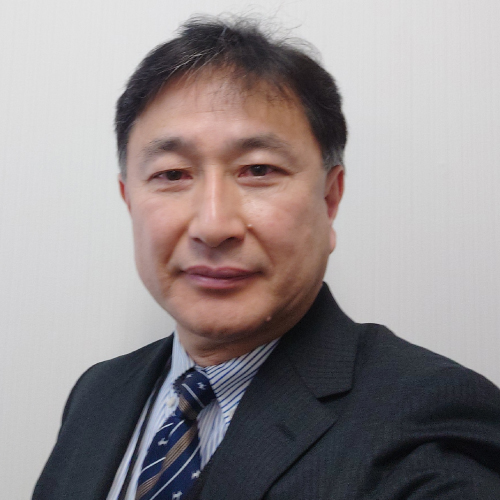
Prof.
H. SERIZAWA
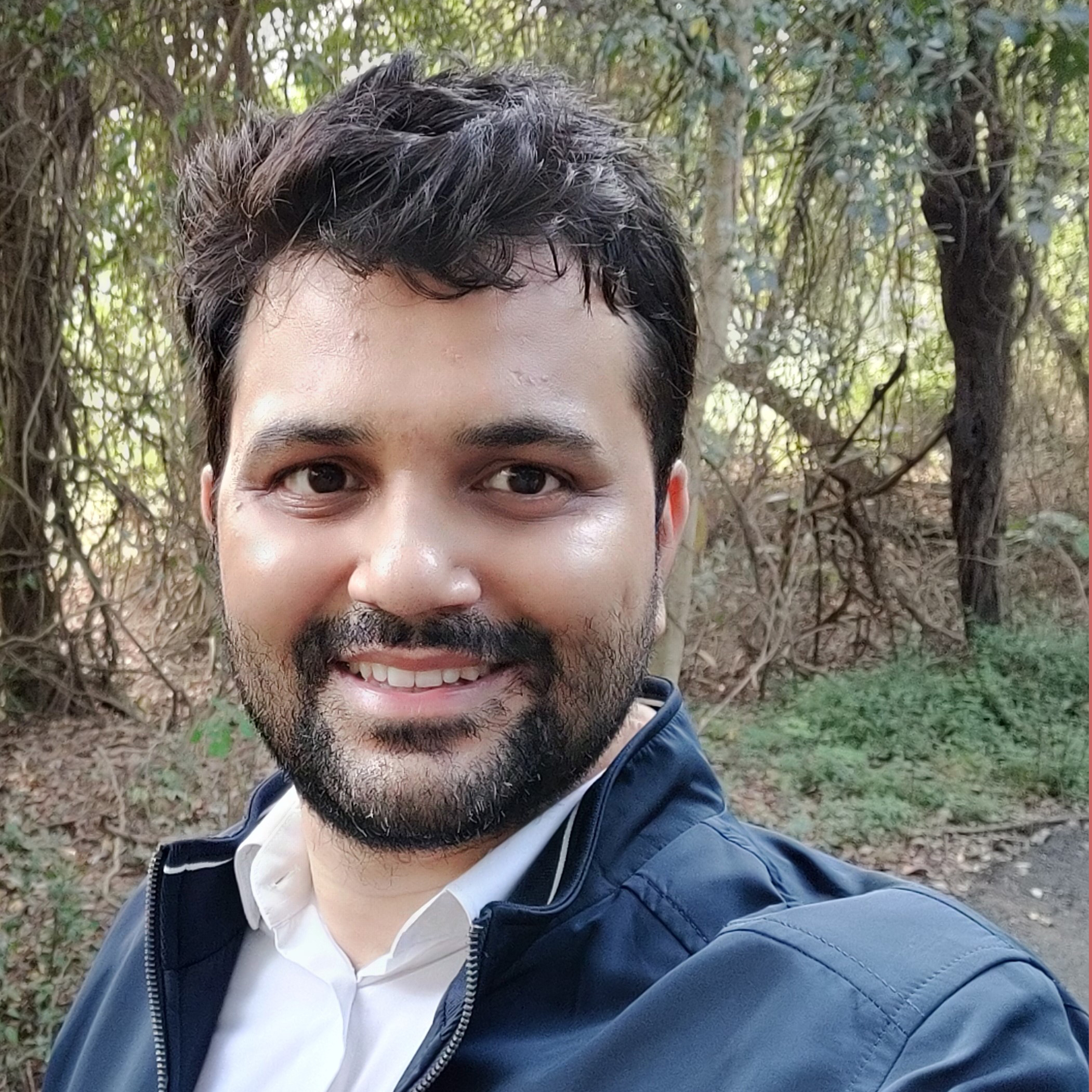
S. A. Researcher
R. SHOTRI
Research Overview
Research Division of Materials Joining Process
Research Division of Materials Joining Mechanism
Research Division of Materials Joining Assessment
Research Center for Additive Joining Application (RAJA)
Strategy Office for Promotion of Inter-Institute Collaborations
Joint Interface Microstructure Characterization Room
Global D&I Promotion Office
New Normal Manufacturing Consortium Office
Research Alliance Laboratories
Joint Research Chair
International and Industry-academia Joint Research Center